Conservation
Snow Leopard Monitoring

😇 Looking for Funding
We rely on donations from our community for our main income. It's because of your support that we can carry out these projects and partnerships, helping us fulfill our mission. Please consider making a contribution towards this project.
Context
Snow leopards are an endangered species found in the high mountain ranges of Central and South Asia, including the Himalayas. Their population numbers are difficult to estimate precisely, but current estimates suggest there are between 4,000-7,500 snow leopards remaining in the wild.
In the Himalayan region, snow leopard populations are found in the mountainous areas of India, Nepal, Bhutan, Kyrgyzstan and Pakistan. The largest populations are believed to be in India, which is estimated to have around 500-700 snow leopards. Nepal and Bhutan likely have a few hundred each, Kyrgyzstan has around 300-400 individuals while Pakistan has around 200-420 snow leopards.
Vital Roles of Snow Leopards
Snow leopards play a vital role in the ecosystems of the high mountain regions where they are found, for several key reasons:
- Apex predator: As the top predator in their alpine and subalpine habitats, snow leopards help maintain the balance of prey species populations. They primarily prey on wild ungulates like blue sheep, Himalayan ibex, and Asiatic wild dogs.
- Indicator species: The presence and health of snow leopard populations is an indicator of the overall ecological integrity of their mountain ecosystems. Their decline signals broader environmental degradation.
- Seed dispersal: Snow leopards help disperse the seeds of various plant species through their feces, contributing to the regeneration of vegetation in their habitat.
- Nutrient cycling: As apex predators, snow leopards play a crucial role in nutrient cycling by transferring energy and nutrients from their prey to other parts of the ecosystem.
- Prey population control: By preying on herbivores like blue sheep and ibex, snow leopards help prevent overgrazing and maintain the balance of vegetation in their habitat.
- Flagship species: Snow leopards are a charismatic and iconic species that serve as a flagship for conservation efforts in the Himalayas and Central Asia. Protecting snow leopards also protects the entire mountain ecosystem.
- Cultural significance: Snow leopards hold immense cultural and spiritual significance for many indigenous communities in their range countries, further emphasizing their importance.
By maintaining the health and balance of their high-altitude ecosystems, snow leopards are truly a keystone species in the Himalayas and other mountain regions of Central and South Asia. Their conservation is crucial for the overall ecological well-being of these fragile environments.
Conservation Threats to Snow Leopards
Snow leopard numbers have declined over the past few decades due to a variety of threats, including poaching, retaliatory killings by local herders, loss of prey species, and habitat fragmentation. Climate change is also a growing concern, as it may reduce the snow leopard’s alpine habitat over time.
Conservation efforts are underway to protect snow leopards, including anti-poaching patrols, livestock insurance programs to reduce human-wildlife conflict, and habitat restoration. However, the remote and rugged terrain of the Himalayas makes monitoring and protecting snow leopards a significant challenge. Continued international cooperation and local community engagement will be crucial to ensuring the long-term survival of this elusive and iconic big cat.
Poaching
Snow leopards face a significant threat from poaching, as they are targeted for their valuable fur and bones, which are in high demand in the illegal wildlife trade, particularly in Asian countries. Poaching is a major threat across the snow leopard’s range, with organized poaching networks operating in the remote mountain areas that the species inhabits. Combating this threat is challenging due to weak law enforcement and a lack of resources for anti-poaching patrols in many snow leopard habitats.
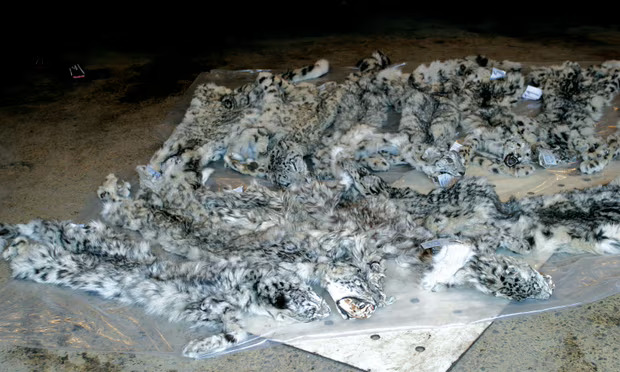 Gallery / Some 20% of snow leopards are killed for the illegal fur trade, though pelts from animals killed for other reasons are often sold on. Photograph: Tessa McGregor/Traffic
Gallery / Some 20% of snow leopards are killed for the illegal fur trade, though pelts from animals killed for other reasons are often sold on. Photograph: Tessa McGregor/Traffic
Retaliatory killings
The conflict between snow leopards and local herding communities poses a significant threat to the big cats’ conservation. Snow leopards, as apex predators, sometimes prey on livestock, which can lead to tensions with the herders whose livelihoods depend on their animals. In response, these local communities may retaliate by killing snow leopards in an effort to protect their livestock and their means of subsistence. This human-wildlife conflict is particularly acute in areas where snow leopard populations overlap with the grazing lands used by herders, as the cats’ natural prey species have declined due to factors such as overhunting and habitat loss. Addressing this complex issue, which pits the needs of local communities against the conservation of an endangered species, is crucial for ensuring the long-term survival of the snow leopard.
Loss of prey species
Snow leopards are highly dependent on wild ungulate species such as ibex, blue sheep, and Himalayan tahr as their primary prey. However, these prey populations have faced significant declines in many areas due to a combination of factors, including overhunting, habitat loss, and competition with livestock. As a result of the dwindling numbers of their natural prey, snow leopards are increasingly forced to turn to livestock as a food source. This shift in prey selection exacerbates the already complex issue of human-wildlife conflict, as local herding communities seek to protect their livelihoods and livestock from the predatory snow leopards. Addressing the loss of the snow leopards’ natural prey base is therefore a crucial component of conservation efforts, as it not only helps to maintain the ecological balance of these high-altitude ecosystems, but also mitigates the tensions between the big cats and the human communities that share their habitat.
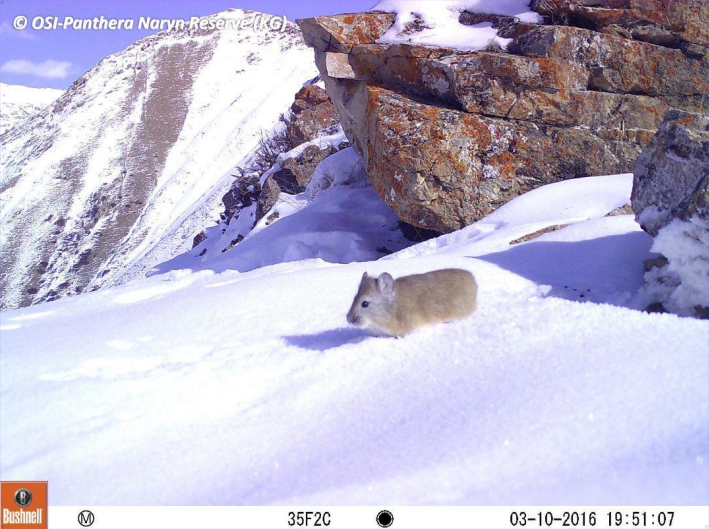
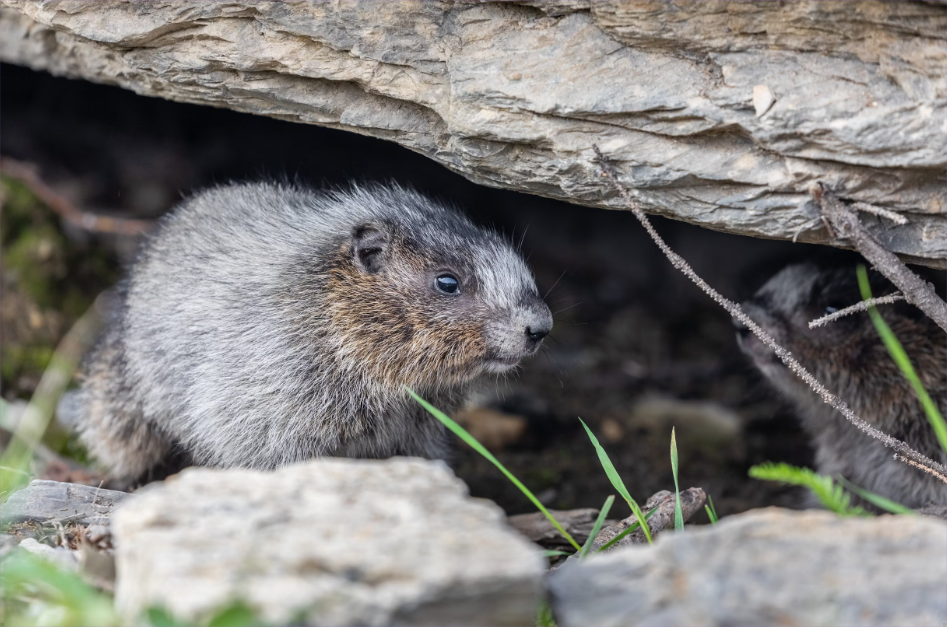
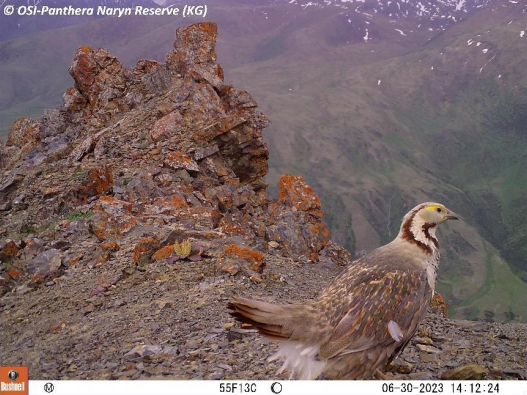
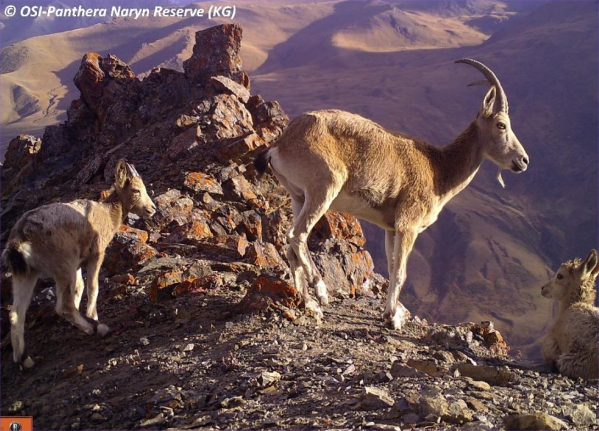
Habitat fragmentation and degradation
The snow leopard’s habitat is under threat from a variety of human activities and development projects. Infrastructure development, such as the construction of roads, mines, and hydropower facilities, is fragmenting and degrading the alpine and subalpine environments that these big cats call home. Additionally, the overgrazing of livestock and unsustainable resource extraction practices are further contributing to the loss and degradation of snow leopard habitat. The resulting fragmentation of their natural range makes it increasingly difficult for snow leopards to find mates and maintain viable, interconnected populations. This habitat loss and fragmentation is a significant challenge for snow leopard conservation, as it disrupts the big cats’ ability to freely roam and access the resources they need to thrive.
Climate Change
The snow leopard’s future is further threatened by the impacts of climate change. Rising temperatures and shifting precipitation patterns are expected to reduce the availability of the alpine and subalpine habitats that these big cats rely on. As glaciers melt and treelines move to higher elevations, snow leopards may be forced to seek refuge in areas where their natural prey and suitable habitat are less abundant. This could exacerbate the existing challenges they face, such as human-wildlife conflicts and habitat loss. As the snow leopard’s environment undergoes these dramatic transformations, the big cats may be compelled to venture into closer proximity with human settlements and activities, heightening the potential for clashes with local communities.
Project Scope and Objectives
We are partnering with OSI Panthera, a non-governmental organization (NGO) that organizes citizen science expeditions in Central Asia. OSI Panthera’s primary goal is to study and protect the wildlife in Central Asia, with a particular focus on the snow leopard (Panthera uncia), which serves as an umbrella species for the region’s ecosystems.




OSI Panthera
The program also has a strong educational component, aimed at raising awareness among local and international participants about the importance of ecology and biodiversity conservation. These expeditions involve the collection of evidence of the presence of sensitive species, such as snow leopards, as well as other carnivores, ungulates, and birds.
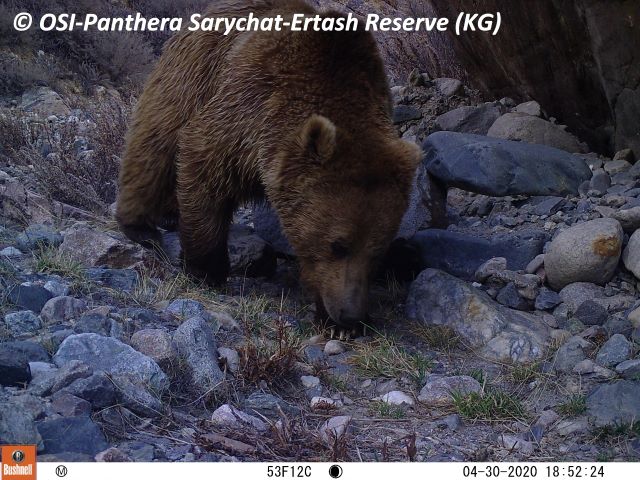
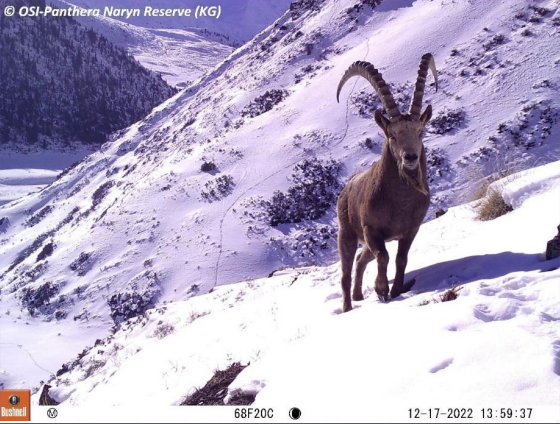

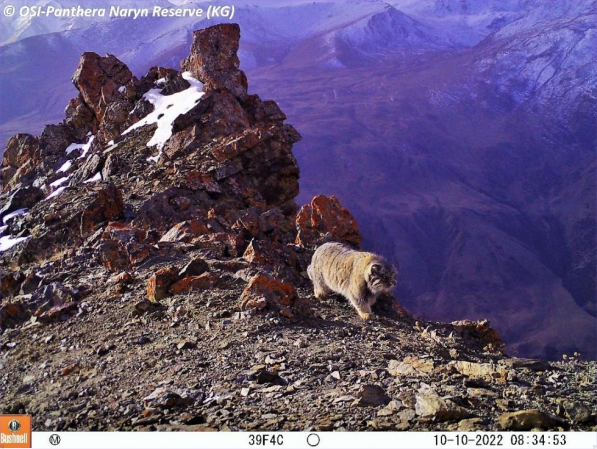
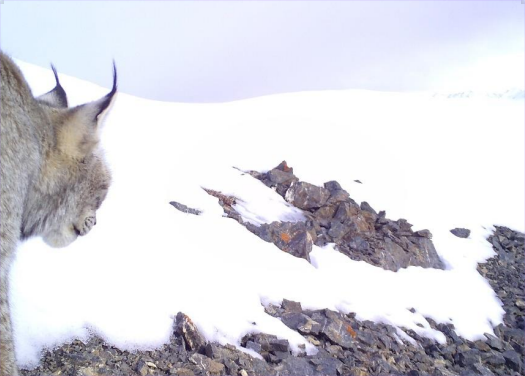
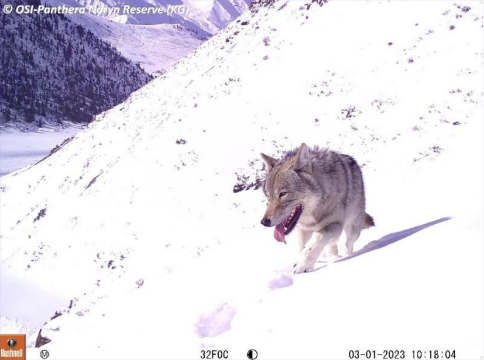
All the data collected in and around the Shamshy and Chon Jarguilchak valleys are then analyzed to better understand the local ecosystems and their sustainability. OSI Panthera works closely with local organizations, such as the Snow Leopard Foundation in Kyrgyzstan (the local organization of the Snow Leopard Trust), and employs Kyrgyz guides, translators, and students to support the scientific and educational work in the field.
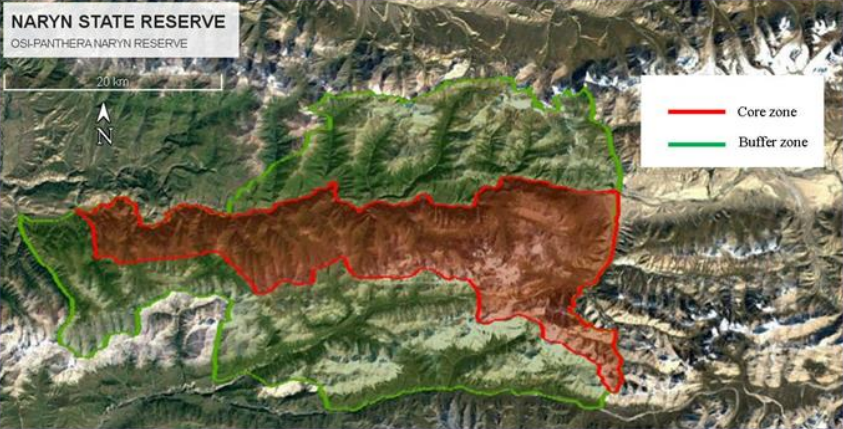 Kyrgyzstan, Naryn State Reserve - The monitoring expeditions take place in the
Naryn State Reserve
Kyrgyzstan, Naryn State Reserve - The monitoring expeditions take place in the
Naryn State Reserve
Camera Trap Analysis
OSI Panthera manages the deployment of camera traps within the reserve to monitor wildlife and estimate population trends over time. Each year, they collect the camera trap data and analyze it. This is a tedious process, as it involves classifying gigabytes of images to discriminate between the different Himalayan species.
We plan to collaborate with OSI Panthera on complementary projects to enhance their analysis.
Automated Classification of Camera Trap Data
We will be developing and improving their process with an open-source machine learning model that can accurately classify the various species found in the area, such as grey wolves, Pallas cats, brown bears, pikas, snow leopards, tetraes…
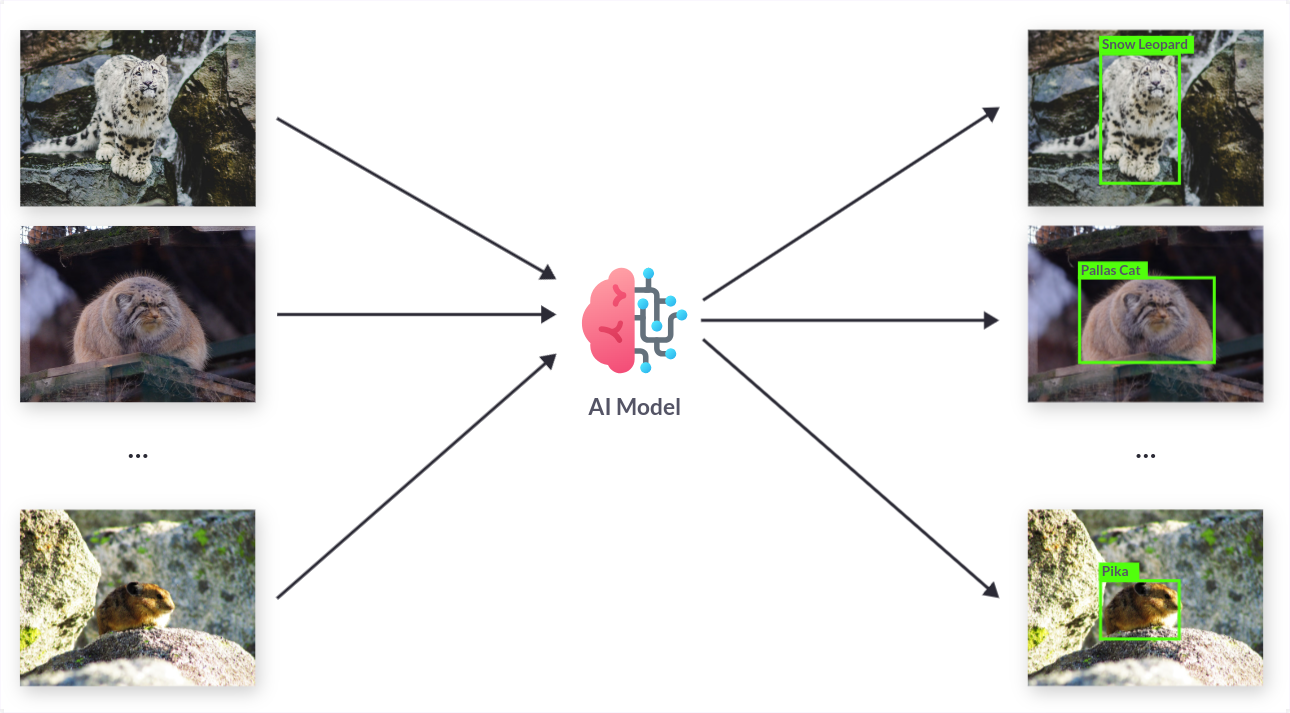 Automated Detection and Classification of Himalayan Species
Automated Detection and Classification of Himalayan Species
This machine learning model for identifying individual snow leopards will be made available to other NGOs and conservation organizations working in similar regions with comparable species. It holds the potential to significantly aid various conservation efforts across the Himalayan region by providing a reliable and scalable method for monitoring not only snow leopard populations but other endemic species. By making this tool openly available, we aim to support the broader conservation community in their efforts to protect this iconic species and its fragile mountain ecosystems.
Spatio Temporal Analysis of detected species
We are building a standalone, cross-platform, open-source application to interactively visualize the results of camera trap data. This application will benefit the broader conservation community, as it will work with any camera trap dataset and allow users to visualize species detections on an interactive map.




Identification of Snow Leopards
Accurately monitoring the snow leopard population is crucial, and a key component of this is the ability to identify individual animals from camera trap images based on their unique spot patterns and markings. Currently, this identification process is done manually by volunteers, which is a time-consuming and error-prone task. To address this challenge, we are planning to spearhead the development of a machine learning model that can automatically recognize and distinguish individual snow leopards. In the process, we will be building a comprehensive catalog of the snow leopards found within the region. Automating this identification process has the potential to significantly streamline and improve the reliability of snow leopard population monitoring efforts, providing conservation organizations with a powerful tool to better understand and protect this elusive and endangered species.
 Automated Individual Snow Leopard Identification ML Model
Automated Individual Snow Leopard Identification ML Model
Conclusion
Harnessing simple yet powerful computer vision technologies to analyze camera trap data offers numerous advantages for the conservation of snow leopards and other Himalayan species. This automated approach has the potential to inform habitat management decisions by providing detailed insights into species distribution, movement patterns, and population trends, support critical research efforts by streamlining the processing and analysis of large-scale camera trap datasets, engage local communities by involving them in the data collection and validation process, and provide a cost-effective and scalable solution to supplement and enhance traditional conservation efforts across the fragile Himalayan ecosystems and the iconic species that inhabit them.
Trout Identification

